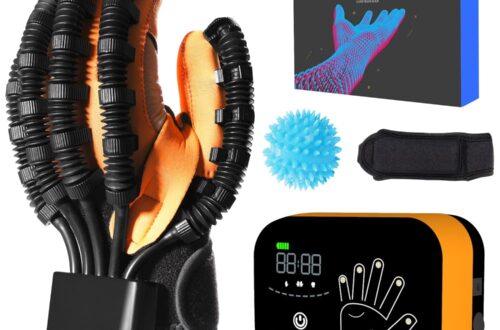A stroke can bring about significant changes not only in physical abilities but also in emotional well-being. Understanding and managing these emotional changes is a crucial aspect of recovery. In the aftermath of a stroke, individuals often experience a wide range of emotions, including anger, sadness, frustration, and anxiety. This emotional upheaval is a natural response to the sudden and often life-altering event of a stroke. Here, we delve into the intricacies of emotional well-being post-stroke, emphasizing the importance of accepting emotions and seeking professional support.
Understanding Emotional Responses After a Stroke
- Common Emotional Responses:
- Shock and Denial: Initially, there may be disbelief about the stroke and its consequences.
- Anger and Frustration: Feelings of anger can arise from the loss of independence and the challenges in performing everyday tasks.
- Sadness and Grief: Grieving the loss of former abilities and lifestyle is a common response.
- Fear and Anxiety: Concerns about the future, fear of another stroke, and anxiety about the ability to recover can be overwhelming.
- Depression: A stroke can lead to clinical depression, a serious condition that requires professional treatment.
- Factors Influencing Emotional Responses:
- Physical Changes: The location and severity of the stroke can directly affect emotional control and expression.
- Psychological Factors: Pre-existing personality traits and coping mechanisms play a role.
- Social and Environmental Factors: Support systems, family dynamics, and financial concerns can impact emotional health.
Accepting and Acknowledging Emotions
- Importance of Emotional Acceptance:
- Recognizing and accepting emotions as a valid part of the recovery process is essential. It allows individuals to process their feelings constructively.
- Strategies for Emotional Acceptance:
- Mindfulness and Meditation: Techniques like mindfulness can help in acknowledging and accepting emotions without judgment.
- Expressive Writing: Journaling or writing about experiences and emotions can provide an outlet for expression.
- Creative Outlets: Art, music, or other creative activities can be therapeutic forms of emotional expression.
Seeking Professional Support
- Role of Mental Health Professionals:
- Professionals like psychologists, psychiatrists, and counselors can offer specialized support, helping stroke survivors navigate their emotional journey.
- Therapeutic Interventions:
- Cognitive Behavioral Therapy (CBT): Helps in altering negative thought patterns.
- Psychotherapy: Offers a space to discuss emotions and challenges.
- Medication: In some cases, medication may be prescribed to manage symptoms of depression or anxiety.
Building a Supportive Environment
- Family and Caregiver Support:
- The support and understanding of family members and caregivers are pivotal. They can provide emotional stability and encouragement.
- Stroke Support Groups:
- Joining support groups allows interaction with others who have experienced similar challenges, offering a sense of community and understanding.
Managing Emotional Well-being in Daily Life
- Routine and Structure:
- Establishing a daily routine can provide a sense of normalcy and control, which can be comforting emotionally.
- Physical Activity and Nutrition:
- Regular physical activity and a balanced diet can positively impact mood and overall well-being.
- Rest and Relaxation:
- Adequate rest and stress-relieving activities like yoga or gentle exercise can be beneficial.
Overcoming Long-Term Emotional Challenges
- Adjusting to a New Normal:
- Recognizing and accepting a new way of living post-stroke is an ongoing process that requires patience and resilience.
- Rebuilding Identity:
- Exploring new interests and redefining personal identity can be a path to emotional healing.
Conclusion
Navigating the emotional landscape after a stroke is a complex and deeply personal journey. Accepting and expressing emotions, coupled with professional support, forms the foundation of emotional recovery. Stroke survivors are encouraged to actively engage in their emotional well-being, seeking help when needed and building a supportive network around them. Through understanding, acceptance, and proactive management, individuals can find pathways to emotional resilience and an improved quality of life post-stroke.



